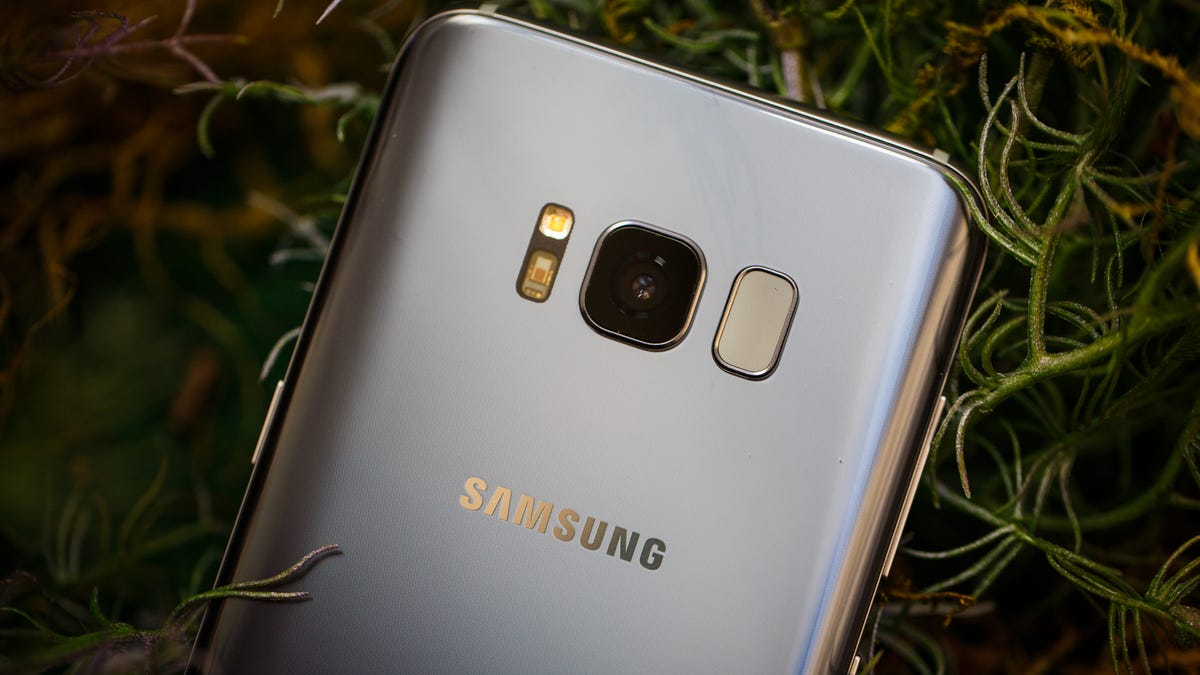iPhone 8 may move fingerprint reader to the back, similar to Galaxy S8
An alleged factory render shows the iPhone with dual cameras stacked vertically and a fingerprint sensor on the back.

Alleged iPhone 8 schematics surfaced online today, opening up the possibility that Apple's next phone could feature dual cameras stacked vertically and a fingerprint sensor on the back. If true, these would mark a notable change from the iPhone's usual appearance.
Apple is rumored to be planning to celebrate the 10th anniversary of the device by releasing a drastically redesigned iPhone. Before its launch date, one circulated rumor is that Apple wants to ditch the home button and create a near bezel-less phone, similar to the Galaxy S8, LG G6 and Xiaomi Mi Mix. In order to do this, the company has to figure out what to do with the fingerprint scanner, which currently lives in the home button on the front of the handset.
A fingerprint sensor located on the back isn't unique. A handful of LG phones already have this, and Samsung recently did the same with its Galaxy S8 (unlike the purported Apple schematic however, the S8's reader is directly to the right of its camera lens). It may be possible that Apple is simply considering different sensor locations though, which does not guarantee that we'll see this one in particular in the final version. Especially since the company is testing over 10 prototypes for the iPhone 8.
In February, Apple was granted a patent to put fingerprint sensors directly into its touchscreens, which may be a better location compared to the back of the phone. Before its release, the Galaxy S8 was also rumored to get an under-the-display fingerprint sensor, but that didn't end up happening.
Apple's Touch ID is used for unlocking the phone, Apple Pay and app security.
Apple is reportedly having a hard time incorporating its Touch ID into the iPhone 8's displays, which is allegedly bottlenecking production. Analysts believe Apple could respond to this in three ways:
- Apple could remove fingerprint scanning and rely on facial recognition or iris scanning.
- It still announces the iPhone 8 in September, but delays its availability.
- It pulls a Galaxy S8 and moves the fingerprint sensor to the back altogether.
The supposed iPhone schematic could just be Apple trying to cover all its bases, and Touch ID may still get put into the display. Regardless, it's best to approach this rumor with caution.
Apple did not immediately respond to a request for comment.

